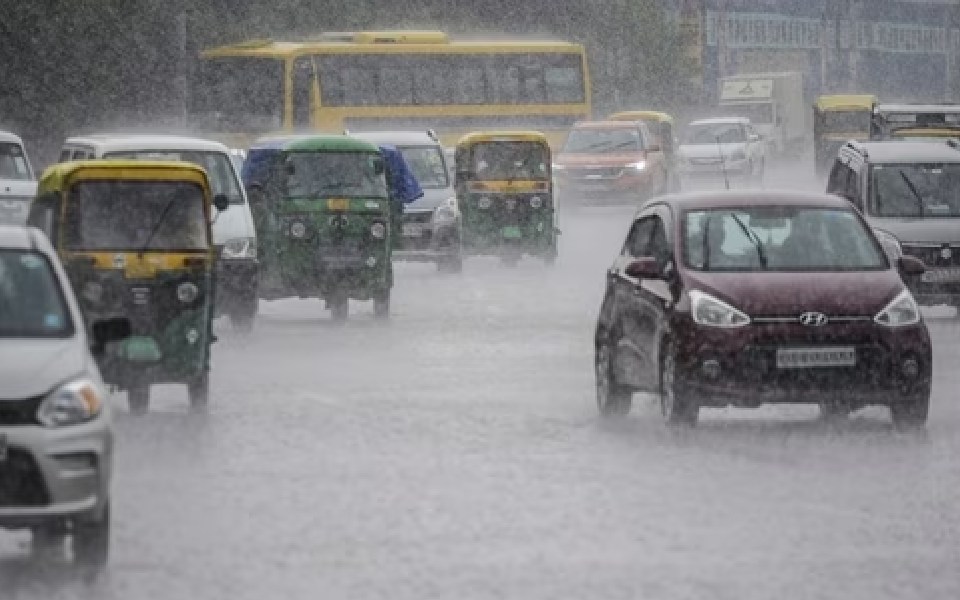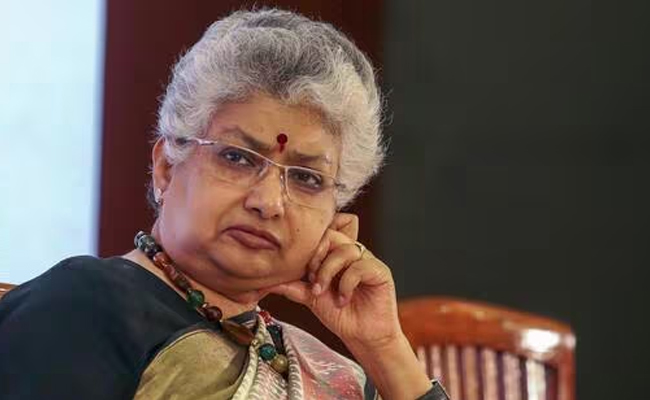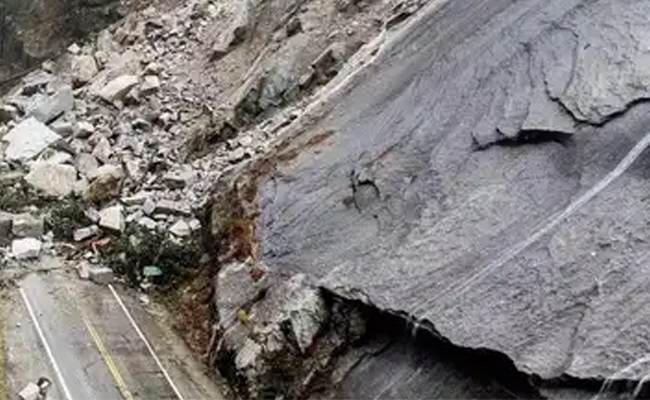Guwahati, Jun 18: The India Meteorological Department on Sunday issued a 'red' alert, predicting very heavy rainfall across several districts of Assam in the next five days.
The warning comes at a time when Assam is witnessing the first wave of flood this year due to incessant rain across the state in the last few days.
In a special weather bulletin, IMD's Regional Meteorological Centre in Guwahati issued the 'red' alert for Sunday and Monday with prediction of "heavy (7-11 cm in 24 hours) to very heavy (11-20 cm in 24 hrs) with extremely heavy rainfall (over 20 cm in 24 hours)" in lower Assam districts of Kokrajhar, Chirang, Baksa, Barpeta and Bongaigaon.
During the same period, "heavy to very heavy" rainfall is likely in Dhubri, Kamrup, Kamrup Metropolitan, Nalbari, Dima Hasao, Cachar, Goalpara and Karimganj districts, it added.
The RMC has issued an 'orange' alert for Tuesday, and a 'yellow' warning for the subsequent two days.
'Red' alert signifies taking immediate action, while the 'orange' warning implies to be prepared for action and the 'yellow' one stands for watch and be updated.
"Moisture incursion is very likely to continue due to strong low-level Southerly/Southwesterly winds from the Bay of Bengal to Northeast India during the next five days.
"Under its influence, fairly widespread rainfall activity with heavy to very heavy with extremely heavy rainfall/thunderstorm with lightning is very likely to continue over Assam during the next five days," RMC said in the bulletin.
It also said temporary disruption of traffic due to water logging in roads, and uprooting of trees are likely to happen.
The uprooting of trees may cause power supply disruption.
"Heavy rainfall may damage the standing crops and vegetables in the maturity stage. Lightning may injure people and cattle in open places," the report said, adding that flash floods and landslides are also likely to occur in many areas.
The bulletin also said that there is a likelihood of moderate flash floods over a few watersheds and neighbourhoods of Assam and Meghalaya.
According to an Assam State Disaster Management Authority (ASDMA) report, 37,535 people in 10 districts of the state have been affected by the flood till Saturday.
Let the Truth be known. If you read VB and like VB, please be a VB Supporter and Help us deliver the Truth to one and all.
New Delhi: Supreme Court judge B.V. Nagarathna has recorded a dissent note against the collegium’s recommendation to elevate Patna High Court Chief Justice Vipul Manubhai Pancholi to the apex court, The Indian Express reported.
The five-member collegium, comprising Chief Justice of India B.R. Gavai and Justices Surya Kant, Vikram Nath, J.K. Maheshwari, and Nagarathna, reached the decision with a 4–1 split. Justice Nagarathna, the lone woman on the bench, opposed Pancholi’s elevation, citing concerns over seniority and regional representation.
Justice Pancholi ranks 57th on the all-India seniority list of high court judges. Justice Nagarathna reportedly objected to the move, noting that it came less than three months after another judge from the Gujarat High Court, Justice N.V. Anjaria, was elevated to the Supreme Court. She argued that advancing Pancholi would bypass several senior judges and further increase Gujarat’s representation at the top court, while other high courts remain underrepresented.
Her dissenting note, according to reports, emphasized that such decisions could undermine the credibility of the collegium system and have long-term consequences for the administration of justice.
Justice Pancholi, who served nearly two decades in the Gujarat High Court, was transferred to Patna High Court in July 2023 and appointed its Chief Justice in July 2025. His elevation, along with that of Justice Anjaria, was intended to maintain Gujarat’s representation in the Supreme Court following the retirements of Justices M.R. Shah and Bela Trivedi earlier this year.
With a sanctioned strength of 34 judges, the Supreme Court follows criteria of seniority, merit, integrity, and regional balance in appointments. Justice Nagarathna’s dissent highlights ongoing debates about diversity and fairness in judicial elevations.





